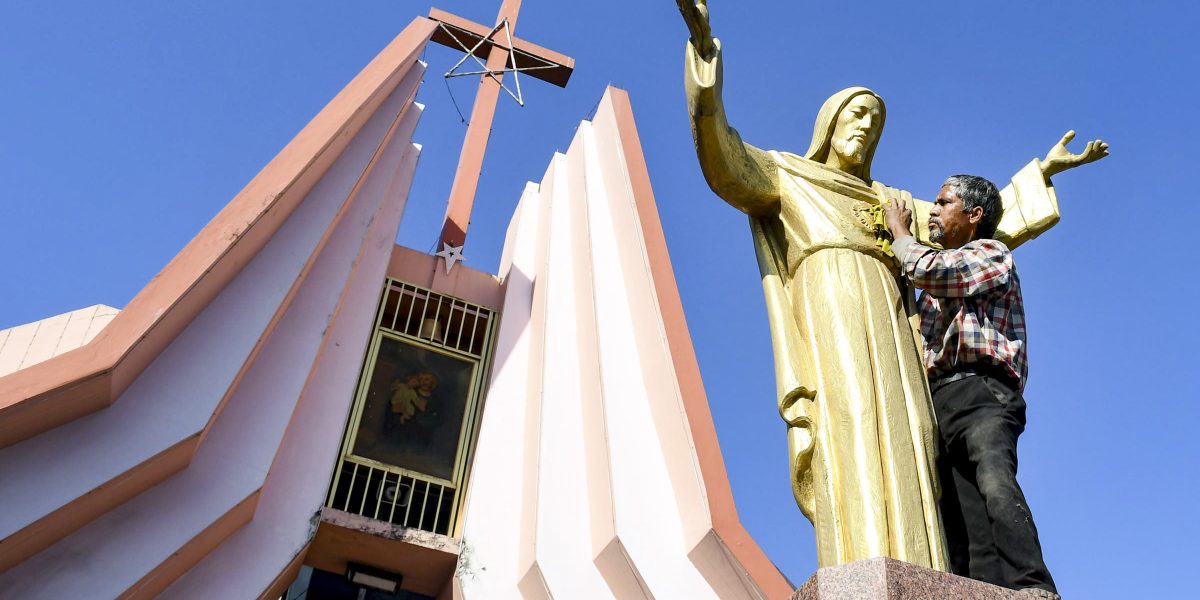By Rakhi Bose / Outlook India
Since he lost the use of his legs, 19-year-old Mohammad Sameer dreams of becoming a doctor. A physiotherapist, to be exact, he states. Sameer was shot by a violent Hindu mob outside Aqsa Masjid near Chaman Park in Delhi on February 24, 2020. His assailants were never caught. A student of class nine at the time, Sameer was among the 102 people (at least) who received bullet injuries during a week of communal violence that consumed the northeastern neighbourhoods of Delhi. He was 15 at the time. The shrapnel hit his spinal cord, leaving him in a paraplegic state—paralysed from the waist down. He spent over a month on a ventilator. “I was depressed for many months. I failed to understand why this has happened to me, to us,” he says, referring to the violence.
The violence left at least 53 dead, nearly 300 injured and hundreds of lives in turmoil.
“Those days will always haunt me. I lost everything,” says 53-year-old Saleem Kassar. The spectre of his older brother’s burning body—set alight by a mob of communally-charged men while he watched, hidden from a second floor window —is something he cannot forget.
The violence, which began at Maujpur following divisive speeches by BJP leaders like Kapil Mishra, Anurag Thakur against the anti-Citizenship Amendment Act (CAA), 2019 sit-in protests, first spread to protest sites like Jaffrabad, Chand Bagh, Kardampuri, and later to residential areas like Mustafabad, Gokalpuri, Shiv Vihar and Khajuri Khas, where Hindus and Muslims have co-existed peacefully for decades. The violence changed the DNA of the neighbourhoods.
This story was originally published in outlookindia.com. Read the full story here





